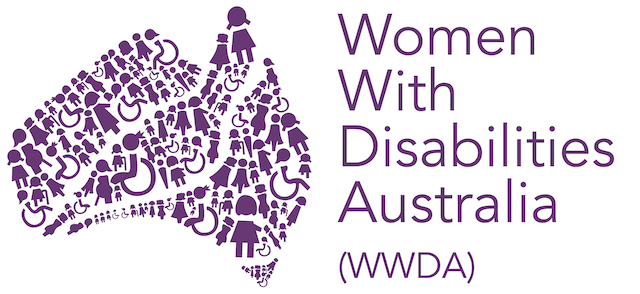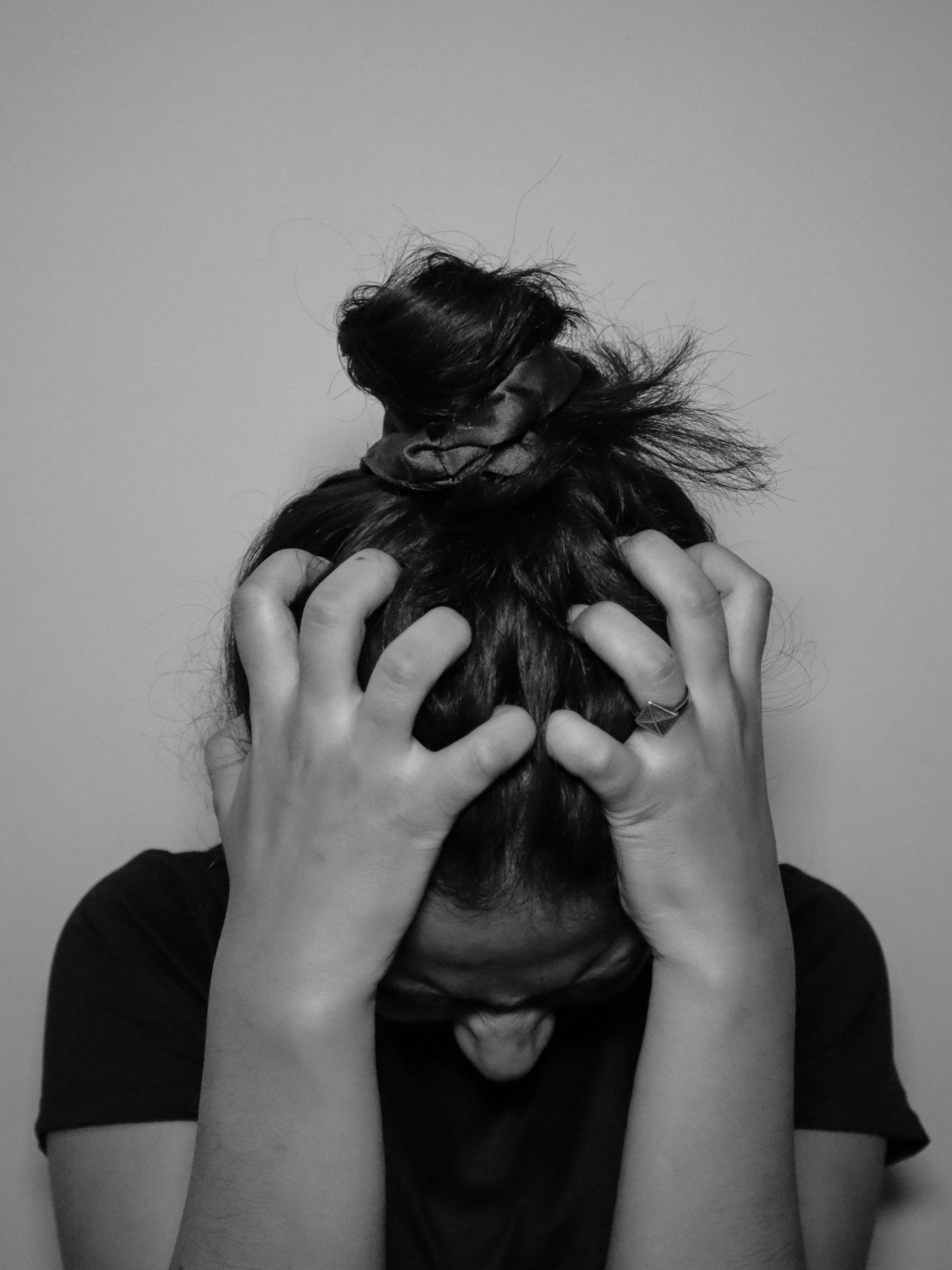This year, from the 4-8 of September we are sharing resources and information dedicated to the health and wellbeing of all women, girls and gender-diverse people. On Day 2 (5 September) we are publishing a piece written by Sophie Cusworth, our Senior Policy Officer, about her experiences of chronic pelvic pain. She has a Bachelor of Arts (Gender Studies) and a postgraduate Law degree. Sophie is a passionate advocate for gender equality and disability rights.
Chronic pelvic pain: the fire within me
By Sophie Cusworth
Content warning: discussions of pain and themes of medical gaslighting.
I remember the day that I first felt the burning.
I was devastated that my period had shown up, uninvited, to my pool party. I stood in the bathroom: leg on the edge of the bath, mirror on the floor, a ‘beginner’ tampon in hand. And then another. And then a whole packet of tampons that wouldn’t go in, and tears, and calling out to my mum through the bathroom door. If she’d told me I was holding a tiny box of knives instead of cotton, I would have believed her.
I was 22 when I finally worked up the courage to tell my doctor about the pain. ‘This is not in your head,’ she said. Her voice had found an assertiveness I hadn’t heard before. She told me I was brave, and I cried all the way home.
So began a slew of treatments, and exercises, and specialists; medications that made the pain worse and doctors that wouldn’t listen; plans cancelled because I couldn’t bear to sit down that day, and friends who didn’t understand. I collected home remedies and took every pair of pants I owned to the op shop. Some days I called my boyfriend on the drive home from appointments because the pain took more strength than I felt I had left. I wrote my university thesis laying down in bed and stood in the back of my university classes, when I could make it. I held back tears when my psychologist asked me, ‘You’re scared of your own body, aren’t you?’ I laughed when I told my physiotherapist that the entire medical profession had seen my vulva, and then I wondered how she knew when to laugh along with me, and when to give me the sympathetic smile that would divert my eyes to the floor.
I remember the day that my diagnosis was upgraded to ‘extreme’.
It had been five years of appointments, medications, and the feeling that my body was on fire. Of spending what felt like every dollar of my pay check on another specialist, or the treatment that had worked for someone’s cousin’s friend. Five years of being told to ‘just relax’ – my bare legs spread on the itchy disposable sheet of a medical bed, and the gloved hand of yet another doctor looming over me.
Five years of collecting diagnoses like shiny rocks; pretty little pieces of hope that weigh heavy in your pocket. Vaginismus, then vulvodynia, then adenomyosis, and endometriosis. I was used to filling up all of the empty lines on a medical history form by the time Autism and ADHD were added to the list.
And then I remember the day that pelvic pain and I agreed to co-exist.
I cried when I was discharged from my pain specialist’s care – this time with relief instead of desperation. I wasn’t cured from pain entirely. I have regular ultrasounds and gynaecologist visits. I sit in odd ways to avoid pain, and periods might never be easy. My partner holds my hair back when I vomit from a flare up. I still grapple with my new diagnoses of Autism and ADHD, and how even my body was crying out to be understood.
But when doctors finally listened, and I learned what it means to feel safe in my own body, the pain stopped ruling my life.

